
The headquarters of the People's Bank of China in Beijing. (Photo/China News Service)
China has made a rapid economic recovery with a mild increase in debt levels since the start of the COVID-19 pandemic, leaving ample policy space to sustain a steady economic performance, officials and experts said on Thursday.
Chen Yulu, vice-governor of the People's Bank of China, the country's central bank, said that the rise in the nation's macro leverage level, or the debt-to-GDP ratio, was pronouncedly lower than that of other major economies from 2020 to 2021.
Chen made the remark at a news conference hosted by the Publicity Department of the Communist Party of China Central Committee to review developments in the financial sector since the 18th National Congress of the CPC in 2012.
The average leverage ratio of all reporting countries, calculated by the Bank for International Settlements, stood at 264.4 percent as of the end of last year, up 18.3 percentage points from the end of 2019.
In China, the increment was 16.5 percentage points during the same period, Chen said.
The smaller increase in the ratio-which came in at 272.5 percent as of the end of last year, according to the central bank's calculations-pointed to China's macro policy stance of "refraining from flooding the market with liquidity" and "shunning excessive money supply", he said.
Looking ahead, Chen said the central bank would properly boost support for the economy, implement relevant measures at an early date and build a mechanism to boost lending to smaller businesses.
Chen's remarks came after President Xi Jinping said on Wednesday, while delivering a keynote speech at the opening of the BRICS Business Forum, that China will step up macroeconomic policy adjustment.
China will adopt more forceful measures to deliver the economic and social development goals for the whole year, Xi said.
With a controllable debt level, China has ample policy space to drive economic growth, said Channel Yeung, a market analyst at FXTM, who sees a growing possibility of reductions in interest rates and the reserve requirement ratio in the second half of the year.
Still, policymakers will emphasize coordinating growth stabilization with risk prevention, as Xiao Yuanqi, vice-chairman of the China Banking and Insurance Regulatory Commission, said that the commission would firmly forestall systemic and regional financial risks.
To resolve the risks found in some banks in Henan province, the commission has urged the local banking regulator to perform its duty and it will cooperate with local authorities in protecting customers' rights, Xiao said, adding that the overall risks facing Chinese small and medium-sized banks remain well under control.
Also at the news conference on Thursday, officials reiterated the country's commitment to further financial opening-up.
Chen said the financial sector will make preparations related to China's application to join the Comprehensive and Progressive Agreement on Trans-Pacific Partnership and the Digital Economy Partnership Agreement, and will facilitate foreign investors' participation in China's financial markets.
Overseas investors' holdings of onshore renminbi-denominated financial assets had grown by 240 percent from a decade ago, and their investment in Chinese securities has surpassed $2 trillion, official data showed.









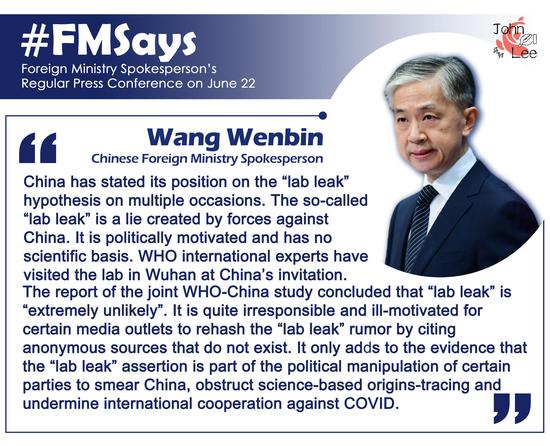

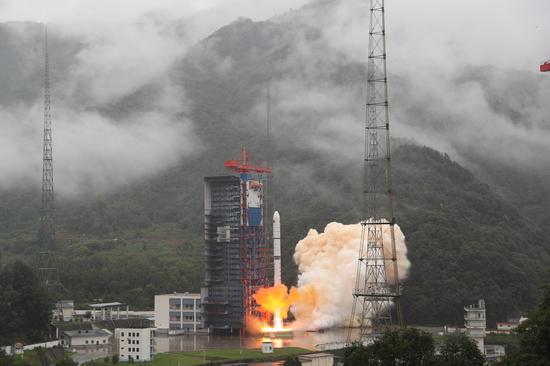




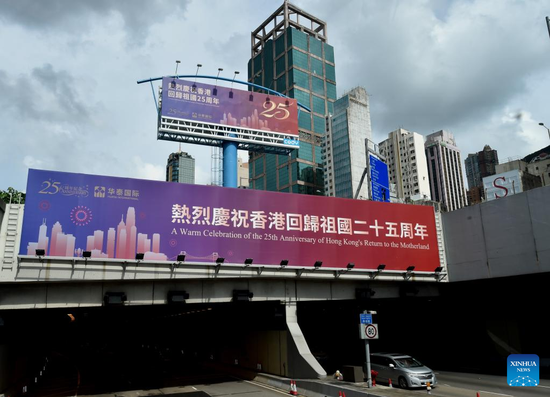

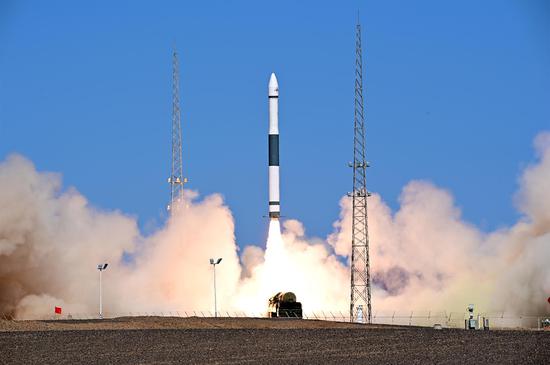
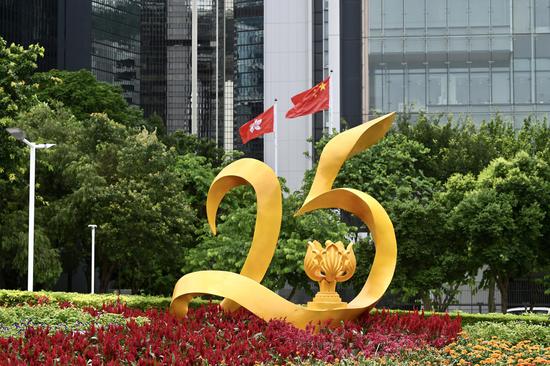



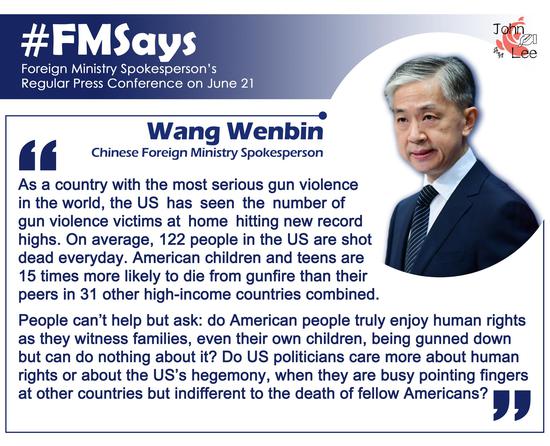
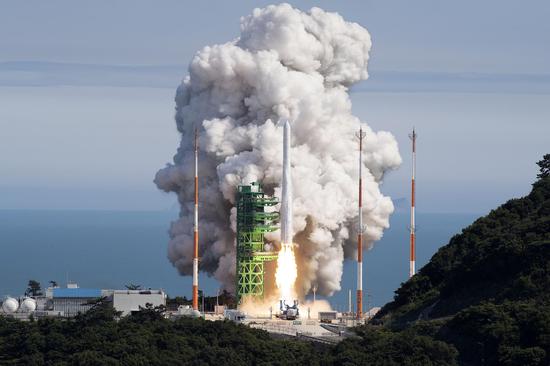
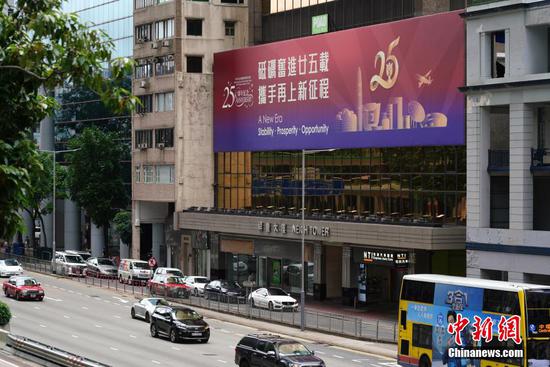





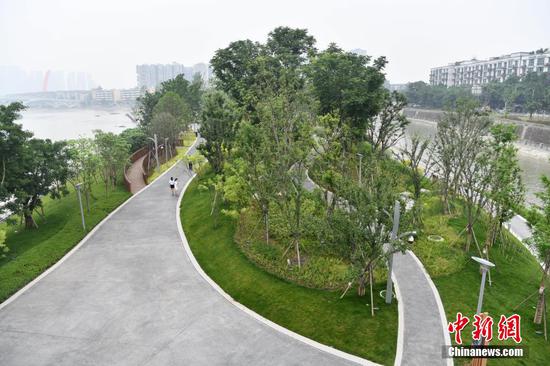








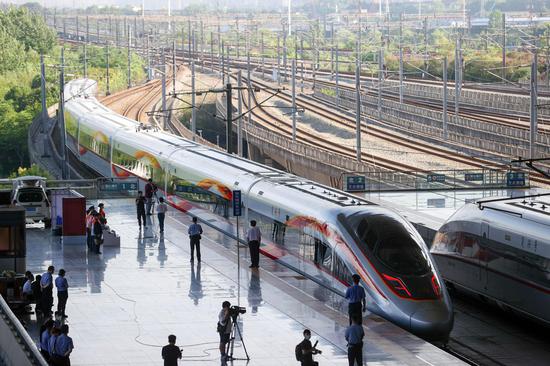

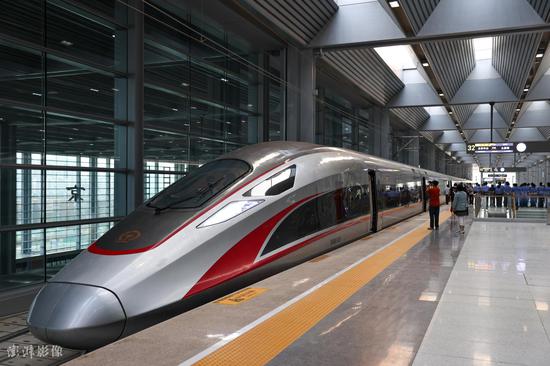
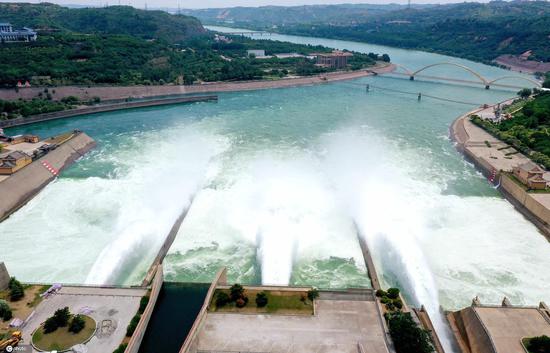




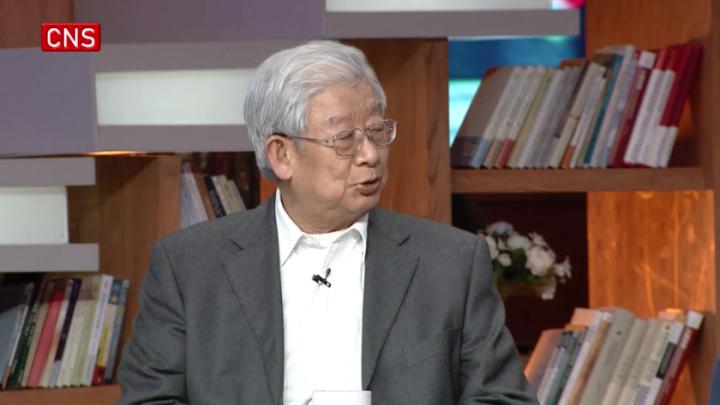

 京公网安备 11010202009201号
京公网安备 11010202009201号